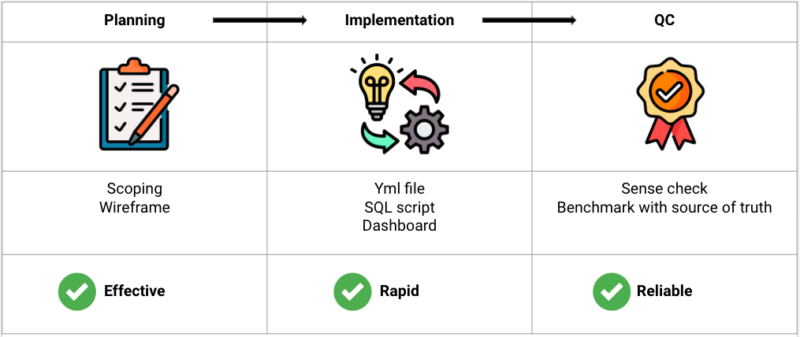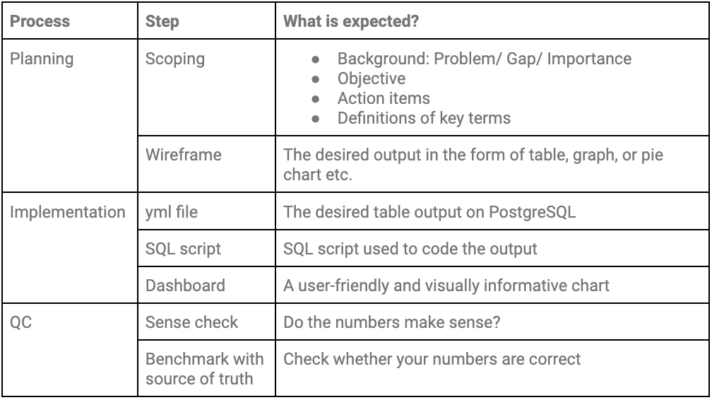Blog - Hướng dẫn, Training Data
What is the role of a data analyst at a fast-moving start-up?
As a data analyst at Vatico, I am responsible for data analytics, documentation, and fire-fighting.
- During my internship, I automated the monthly and daily dashboards which highlight the key performance indicators (KPIs) of Vatico and shape important business decisions relating to cost and revenue strategies.
- I also documented all the processes so that future members of the Data Analytics team can be onboarded more seamlessly.
- Last but not least, I assisted with ad-hoc data needs such as querying non-relational databases to gather warehouse statistics which allowed the company to monitor the change in status of each inventory.
I would like to express gratitude to my supervisor, Thinh, for his trust, guidance, and mentorship.
Today, I will share more about the three different roles of a data analyst at Vatico: data analytics, documentation, and fire-fighting.
Data Analytics
In The Philosophy of Data Analytics at Vatico, I wrote about the importance of following the processes of planning, implementation, and quality control (QC) to fulfill Vatico’s philosophy of being effective, reliable, and rapid. This is represented in this table below.

Today, we will go through each process with examples, referencing the table below. When tasked to automate the monthly KPIs dashboard, I started off with scoping the problem on Trello, writing the background, objective, specific action items, and definitions of key terms such as cost per sale. This is the most important step of any task in Data Analytics. After which, I created a wireframe for the monthly dashboard, where I designed how I would like the dashboard to look like.
After creating yml files and coding for the reporting tables on Postgres, I loaded the reporting tables onto Google Data Studio. Following the wireframe, I designed a visually informative dashboard which tells a story: monthly revenue metrics, followed by monthly cost metrics, then daily performance.
Last but not least, I QC-ed the revenue and cost KPIs on an excel sheet to ensure that they are correct.

Documentation
I remember feeling overwhelmed by the new terms and processes when I first joined Vatico. I thus created a dictionary of important business, company-specific, and data terms to help incoming members of the Data Analytics team adjust more quickly. In addition, I co-created the Data Analytics training slides with the Data Lead so that future members of the Data Analytics team can be onboarded more smoothly. I also wrote a series of blog posts covering the following content:
- The evolution of Vatico’s data processes in light of changing business needs
- A problem-solving framework
- My experiences at Vatico’s data analytics team
Fire-fighting
Despite having processes and systems in place, the reality of data analytics at Vatico is that there are always unexpected blockers such as data not syncing in time. To deal with these challenges, one should read A Problem-Solving Framework. Another aspect of fire-fighting is that on top of your responsibilities, you are expected to assist with urgent ad-hoc data analytics requests.
While the role of a data analyst at Vatico might seem overwhelming, it has been extremely fulfilling. I initially expected to take away something technical (the programming language, SQL) when embarking on this data analytics internship, but my takeaways were more macro: how to use data to solve a business problem. Stay tuned to the next post on what I learnt from my internship!



